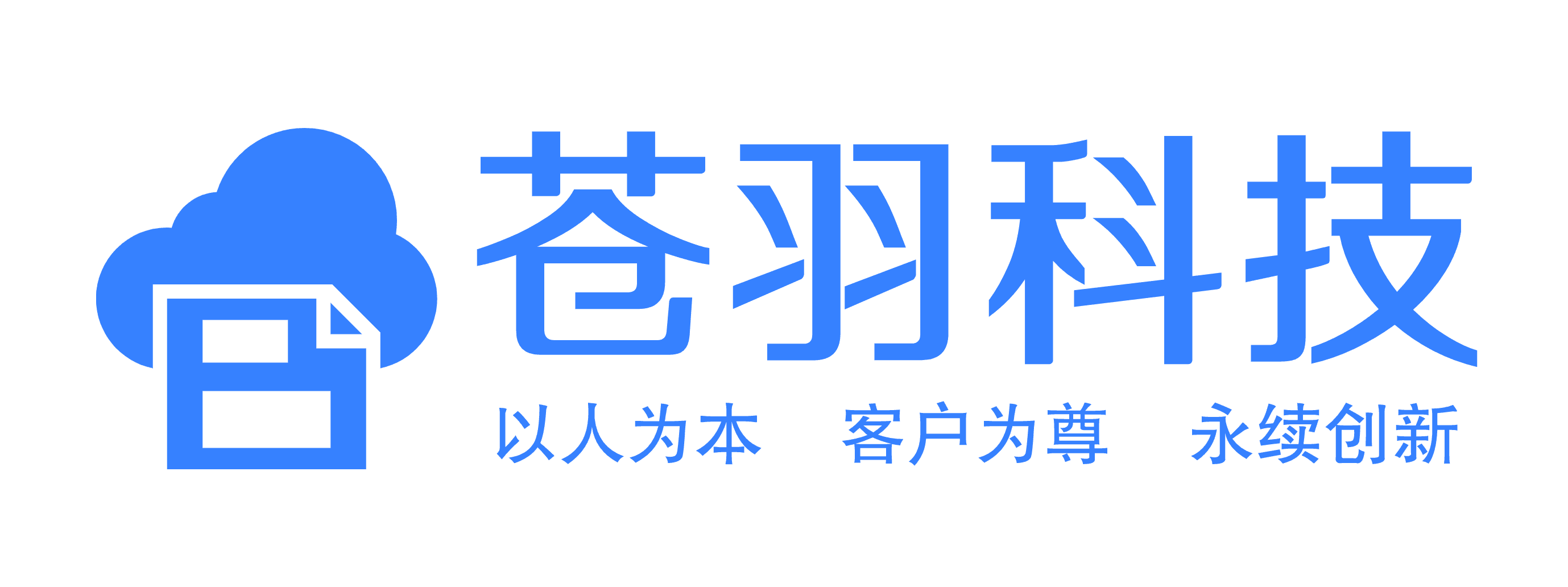Windows + Git + TortoiseGit + Github
Windows + Git + TortoiseGit + Github
2023-11-26 14:30
This article provides a comprehensive guide to using Git, TortoiseGit, and Github on a Windows operating system.
In this article, we will explore how to use Git, TortoiseGit, and Github on a Windows operating system. Git is a distributed version control system that allows multiple developers to collaborate on a project. TortoiseGit is a Windows shell extension that provides a user-friendly interface for Git. Github is a web-based platform for hosting and sharing Git repositories.
Installing Git on Windows
Before we can start using Git, we need to install it on our Windows machine. It is recommended to download the latest version of Git from the official website. Once the installer is downloaded, follow the on-screen instructions to complete the installation.
Configuring Git
After installing Git, we need to configure some basic settings. Open the Git Bash terminal and run the following commands:
$ git config --global user.name "Your Name"
$ git config --global user.email "your-email@example.com"
Creating a New Repository
To create a new Git repository, navigate to the project directory using the Git Bash terminal and run the following command:
$ git init
Adding and Committing Changes
To add files to the repository, use the following command:
$ git add filename
Once the files are added, we can commit the changes with the following command:
$ git commit -m "Commit message"
Using TortoiseGit
TortoiseGit provides a graphical interface for Git, making it easier to perform common Git operations. It integrates with the Windows File Explorer, allowing us to access Git features directly from the context menu.
Cloning a Repository
To clone an existing repository from Github, right-click on the desired directory and select "Git Clone...". Enter the repository URL and click "OK" to start the cloning process.
Committing and Pushing Changes
To commit and push changes using TortoiseGit, right-click on the file or directory, select "Git Commit -> Master", enter the commit message, and click "OK". Then, right-click again and select "Git Push" to upload the changes to the remote repository on Github.
Using Github
Github provides a platform for hosting Git repositories and collaborating with other developers. It offers features such as issue tracking, pull requests, and code reviews.
Creating a Repository
To create a new repository on Github, log in to your account and click on the "New" button. Enter the repository name, description, and choose the visibility options. Finally, click "Create repository" to create the repository on Github.
Collaborating on a Repository
To collaborate with other developers on a Github repository, you can fork the repository, make changes in your forked copy, and submit a pull request to the original repository. Pull requests allow project maintainers to review and merge changes from contributors.
Using Git, TortoiseGit, and Github together on a Windows operating system provides a powerful set of tools for version control and collaboration. With these tools, developers can efficiently manage their projects and work together seamlessly.
标签:
- Windows
- Git
- TortoiseGit
- Github
